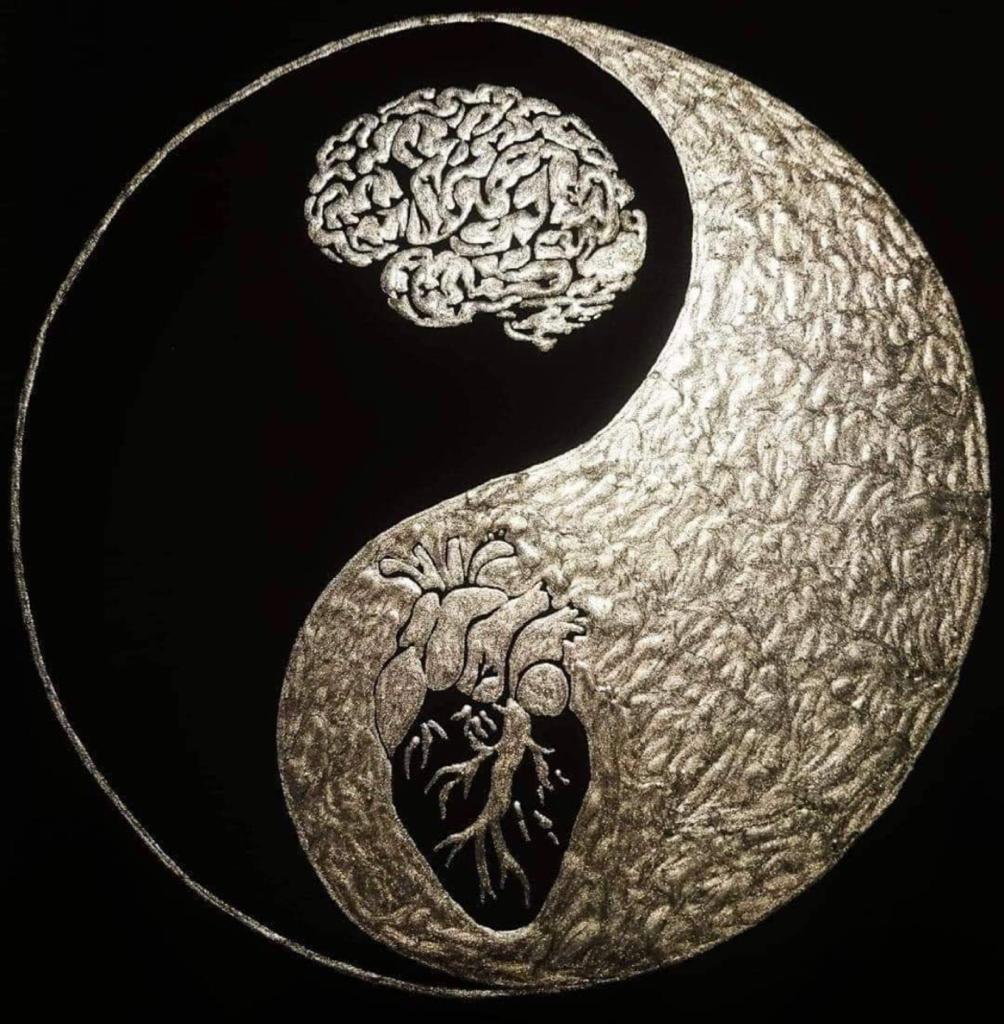Welcome to Healing Hands Luxembourg
We are happy to see you here.
Pardon, our web site is undergoing maintenance right now. Appointment Booking remains available below.
Schedule Your Appointment here
Our site will be available again soon. Thank you for your patience!
Please, meanwhile consult our Facebook page. Contact us via WhatsApp or Telegram.





